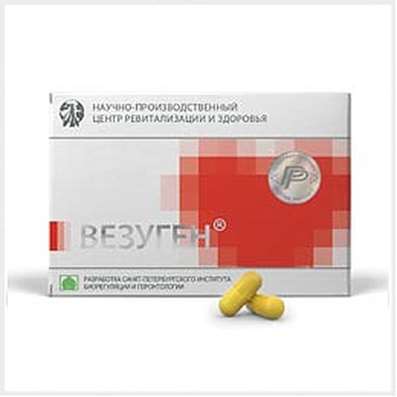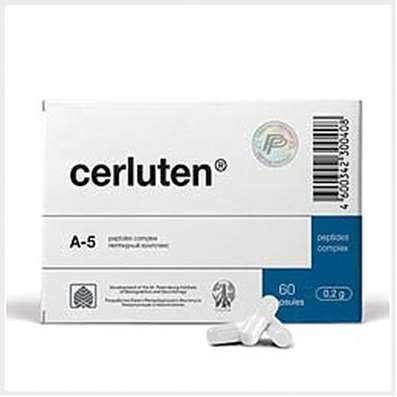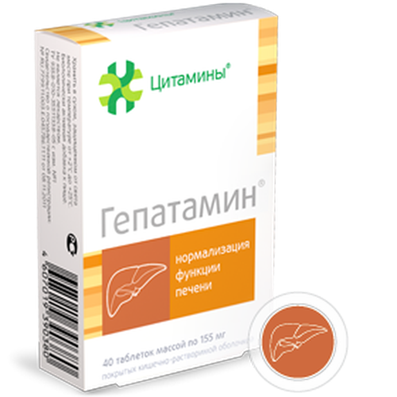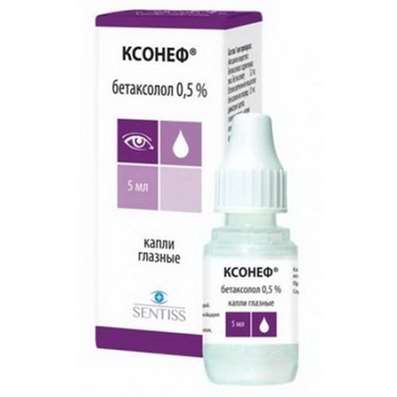Instruction for use: Hydrocortisone + Lidocaine (Hydrocortisonum+ Lidocainum)
I want this, give me price
Pharmacological group
Glucocorticosteroids in combinations
Pharmacotherapy
Combined drug. Hydrocortisone - GCS, has an anti-inflammatory effect. It inhibits the release of cytokines (interleukins and interferon) from lymphocytes and macrophages, inhibits the release of eosinophils by inflammatory mediators, reduces the intensity of arachidonic acid metabolism and the synthesis of Pg. Activates steroid receptors, induces the formation of lipocortins, which have antiexudative action. Reduces inflammatory cell infiltration, prevents the migration of leukocytes and lymphocytes into the focus of inflammation. In large doses inhibits the development of lymphoid and connective tissue. Reducing the number of mast cells, reduces the formation of hyaluronic acid, suppresses hyaluronidase, helps reduce the permeability of capillaries. With intraarticular administration, the effect develops after 6-24 hours and lasts from several days to several weeks. Lidocaine is a local anesthetic with a membrane-stabilizing action.
Pharmacokinetics
With intraarticular and periarticular administration, hydrocortisone enters the systemic circulation. Absorption in soft tissues is slow. The connection with proteins is more than 90%. Metabolised in the liver in tetrahydrocortisone and tetrahydrocortisol, which are excreted by the kidneys in conjugated form. Penetrates through the placenta. Lidocaine is well absorbed from mucous membranes and damaged skin, has a high affinity for plasma proteins. Metabolized mainly in the liver. T1 / 2 - 1-2 hours Penetrates into breast milk and through the placental barrier, GEB.
Indications
Rheumatic diseases accompanied by arthritis, incl. Osteoarthritis in the presence of synovitis (with the exception of tuberculosis, gonococcal, purulent and other infectious arthritis), rheumatoid arthritis, humeropathy periarthritis, bursitis, epicondylitis, tenosynovitis.
Contraindications
Hypersensitivity, infected joint, Itenko-Cushing syndrome, propensity to thrombosis, systemic infection without specific treatment, Achilles tendon disease, pregnancy (I trimester). For intraarticular administration: transferred arthroplasty, pathological hemorrhage (endogenous or caused by anticoagulants), intraarticular bone fracture, infectious (septic) arthritis and periarticular infection (including in the anamnesis), systemic infectious disease, expressed near-joint osteoporosis, osteoarthrosis without synovitis ( "Dry" joint), joint instability, aseptic necrosis of the joints forming the epiphyses of bones, severe bone destruction and joint deformity (significant narrowing of the joint space, an iloz).
Carefully
Peptic ulcer of stomach and duodenum, simple herpes, incl. Eye (risk of perforation of the cornea of the eye), arterial hypertension, diabetes (including family history), osteoporosis, chronic psychotic reactions, previous history of tuberculosis, glaucoma, steroid myopathy, epilepsy, measles, heart failure, elderly 65 years), pregnancy (II-III trimester), lactation period.
Dosing
Inside- and periarticularly. In one day you can enter no more than 3 joints. Re-introduction is possible after 3 weeks.
In tendonitis, the introduction is carried out in the tendon sheath (it can not be directly inserted into the tendon).
Adults (depending on the size of the joint and the severity of the disease) -5-50 mg.
Children - 5-30 mg / day, divided into several introductions. Single dose for periarticular administration for children aged 3 months to 1 year - 25 mg, 1-6 years - 25-50 mg, 6-14 years - 50-75 mg.
Side effect
Local: swelling of the tissues, soreness, burning, numbness, paresthesia at the injection site, increased pain in the joint, rarely - necrosis of surrounding tissues, scarring.
With long-term treatment and the use of large doses - systemic adverse reactions.
On the part of the endocrine system: a decrease in glucose tolerance, the manifestation of latent diabetes, steroid diabetes, oppression of adrenal function, Itenko-Cushing syndrome, growth retardation in children and adolescents.
On the part of the digestive system: nausea, vomiting, pancreatitis, peptic ulcer, esophagitis, bleeding and perforation of the gastrointestinal tract, increased appetite, flatulence, hiccups, rarely - increased activity of "liver" transaminases and alkaline phosphatase.
On the part of the CCC: cardiac conduction, peripheral vasodilation, increased blood pressure, changes in the ECG (on the background of hypokalemia), thromboembolism, heart failure.
From the nervous system: insomnia, irritability, anxiety, agitation, euphoria, epileptiform cramps, mental disorders, delirium, disorientation, hallucinations, manic-depressive psychosis, depression, paranoia, increased intracranial pressure with edema of the nipple, dizziness, pseudotumor cerebellum, headache.
From the side of metabolism: increased excretion of K +, hypokalemia, weight gain, negative nitrogen balance, increased sweating.
From the sense organs: ulceration of the cornea, posterior capsular cataract (more likely in children), increased intraocular pressure with possible damage to the optic nerve, secondary bacterial, fungal, viral infections of the eyes, trophic corneal changes, exophthalmos, glaucoma.
From the musculoskeletal system: slowing growth and ossification processes in children (premature closure of epiphyseal growth zones), osteoporosis, very rarely - pathological bone fractures, aseptic necrosis of the head of the humerus and femur, rupture of the tendons of muscles, steroid myopathy, reduction of muscle mass, arthralgia.
Effects due to the mineralocorticoid activity of the drug: fluid retention and Na + with formation of peripheral edema, hypernatremia, hypokalemic syndrome (hypokalemia, arrhythmia, myalgia, muscle spasm, weakness, fatigue), hypokalemic alkalosis.
On the part of the immune system: opportunistic infections, exacerbation of latent tuberculosis, delayed wound healing, propensity to develop pyoderma and candidiasis, exacerbation of infections (especially in vaccination and simultaneous treatment with immunosuppressants). Allergic reactions (local and generalized): skin rash, itching, anaphylactic shock.
From the skin: petechiae, ecchymosis, hyper- or hypopigmentation, steroid acne, striae, atrophy of the skin and subcutaneous tissue at the injection site, folliculitis, hirsutism, hypopigmentation, skin irritation, telangiectasia.
Other: malaise, withdrawal syndrome (hyperthermia, myalgia, arthralgia, adrenal insufficiency), leukocyturia, leukocytosis.
Overdose
Treatment: symptomatic. There is no specific antidote.
Interaction
Increases the toxicity of cardiac glycosides (proaritmogenic effect of hypokalemia).
Reduces the effectiveness of antihypertensive drugs.
Accelerates the excretion of ASA, reducing its concentration in the blood. With the cancellation of hydrocortisone, the concentration of salicylates in the blood can increase and lead to the development of adverse reactions. Both drugs have ulcerogenic effect, their simultaneous application can increase the risk of ulceration and bleeding of the gastrointestinal tract.
Vaccination with live antiviral vaccines and other immunizations during hydrocortisone treatment contribute to the activation of viruses and the development of infections.
Increases the metabolism of isoniazid, mexiletine, especially in "fast acetylators", reducing the plasma concentrations of these drugs.
Enhances the hepatotoxic effect of paracetamol (induces liver enzymes and the formation of a toxic metabolite of paracetamol). With prolonged treatment increases the content of folic acid.
Hypokalemia caused by SCS, increases the severity and duration of muscle blockade of muscle relaxants.
High doses of hydrocortisone reduce the effect of self -otropy.
Reduces the effectiveness of oral hypoglycemic agents (dose adjustment may be required).
Reduces or intensifies the effect of anticoagulants.
Ergocalciferol and parathyroid hormone interfere with the development of steroid osteopathy.
Reduces the concentration of praziquantel in the blood.
Cyclosporine inhibits hydrocortisone metabolism, ketoconazole reduces clearance and increases its toxicity.
Thiazide diuretics, inhibitors of carbonic anhydrase, amphotericin B, theophylline, etc. SCS increase the risk of hypokalemia.
Na + -containing drugs contribute to the formation of edema and increased blood pressure.
NSAIDs and ethanol increase the risk of ulceration of the gastrointestinal mucosa and bleeding. When treating arthritis with hydrocortisone in combination with NSAIDs, a dose of hydrocortisone should be reduced to avoid an additive toxic effect on the gastrointestinal mucosa.
Indomethacin, displacing hydrocortisone from the bond with proteins, contributes to the development of its adverse reactions.
Amphotericin B and carbonic anhydrase inhibitors increase the risk of osteoporosis.
Phenytoin, barbiturates, ephedrine, theophylline, phenylbutazone, rifampicin and other inductors of microsomal liver enzymes reduce the effect of hydrocortisone, enhancing its metabolism.
With the simultaneous use of mitotane and other inhibitors of the adrenal cortex, an increase in the dose of hydrocortisone may be required.
Preparations of thyroid hormones increase the clearance of hydrocortisone.
Immunosuppressants increase the risk of infection, lymphoma and lymphoproliferative processes caused by the Epstein-Barr virus.
Estrogens, including oral estrogen-containing contraceptives, reduce hydrocortisone clearance, extending T1 / 2 and enhancing the therapeutic and toxic effects of the latter.
Simultaneous use with other steroid hormones (androgens, estrogens, anabolic steroids, oral contraceptives) contributes to the development of acne and hirsutism.
It is not recommended to use tricyclic antidepressants for the treatment of hydrocortisone-induced depression, They can aggravate the course of depression.
Simultaneous reception with m-holinoblokatorami (including antihistamine drugs), tricyclic antidepressants and nitrates, promotes increased intraocular pressure.
The effect of GCS (glucocorticosteroids) is weakened by simultaneous administration with mifepristone.
Special instructions
The drug is administered with strict adherence to the rules of antiseptic to avoid the development of bacterial infection.
Introduction directly into the joint can have an adverse effect on hyaline cartilage, so the introduction to the same joint can be performed no more than 3 times a year.
In elderly patients, the risk of adverse reactions is higher.
The appointment of the drug in the first trimester of pregnancy is contraindicated because of the lack of sufficient data on the safety of the drug in this group, at a later date - only after a careful correlation of the benefits for the mother and the risk to the fetus. Children whose mothers received hydrocortisone during pregnancy should be closely monitored to identify signs of adrenal insufficiency.
The use of the drug during lactation can lead to disruption of adrenal function and development of infants, GCS and lidocaine enter the breast milk.
During the treatment period, it is necessary to delay the vaccination (insufficient synthesis of antibodies).
During treatment, a diet with a restriction of Na + and an elevated K + content is recommended, and providing sufficient protein in the food.
It is necessary to monitor blood pressure (BP), blood glucose concentration, blood coagulability, urine and feces (for occult blood).
With the latent form of tuberculosis and during the period of the tubular test, careful monitoring of the patient's condition and, if necessary, chemoprophylaxis, is necessary.
SCS slows the growth and development of children and adolescents. It is recommended to prescribe the drug in the least therapeutic doses and, if possible, for the shortest possible time.

 Cart
Cart





